Inverted hair washing is a unique technique that goes beyond a mundane hair care routine. It is a game-changer for many, touted by hair experts as an essential step in hair care regimens to achieve voluminous and well-nourished tresses. This method involves a simple yet impactful twist: flipping your head upside down during the washing process.
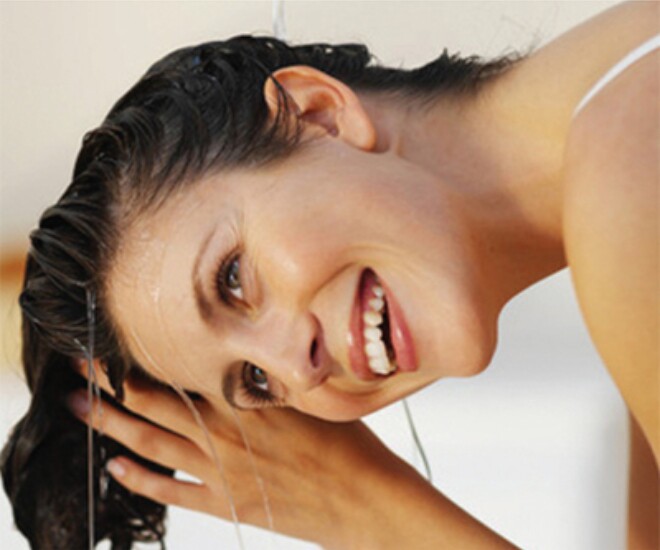
The inverted hair washing method is a simple yet surprisingly effective approach to hair care.
Video: Social media abounds with testimonials and tutorials on the inverted hair washing technique, showcasing its global popularity.
However, it’s crucial to approach this method with a nuanced understanding of the right techniques, product choices, and intended benefits to ensure optimal hair care without any adverse effects.
What is Inverted Hair Washing?
Inverted hair washing doesn’t entail changing the order of shampoo and conditioner like some other methods. Instead, it involves altering your posture during the washing process by flipping your head upside down, allowing your hair to hang freely. In this position, you apply shampoo and gently massage your scalp, ensuring that the cleansing products effectively reach the roots. According to hair expert Helen Reavey, who has worked with renowned fashion magazines, this technique not only delivers a deeper clean but also boosts volume—a challenging feat in hot and humid weather.

Simply changing your washing posture can lead to a noticeable transformation in your hair’s volume and appearance.
Notable Benefits of Inverted Hair Washing
The inverted hair washing method boasts several advantages, especially for individuals with fine or oily hair. Firstly, by flipping your head upside down, the roots of your hair are not compressed by gravity, resulting in natural volume and lift once your hair dries. This is a significant benefit during the summer months when sweat and humidity tend to weigh hair down.
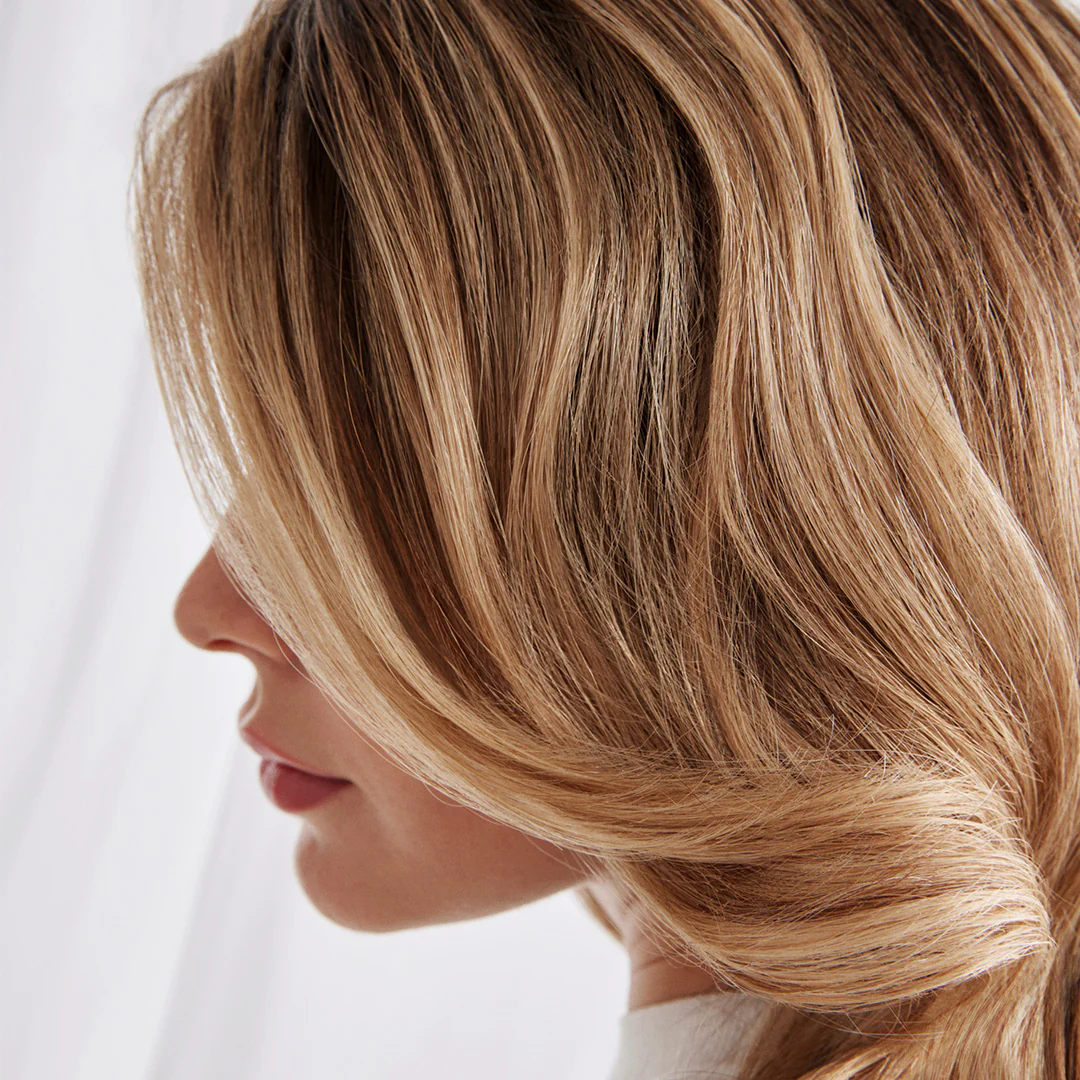
Achieving bouncy and voluminous hair is one of the most remarkable outcomes of adopting the inverted hair washing technique.
Additionally, with your head flipped and hair hanging down, water and cleansing products can effortlessly reach all areas of the scalp, including the neck and temple regions, which are often overlooked during regular washing. This comprehensive approach not only ensures more effective removal of excess oil and dirt but also helps prevent hair from becoming greasy quickly.
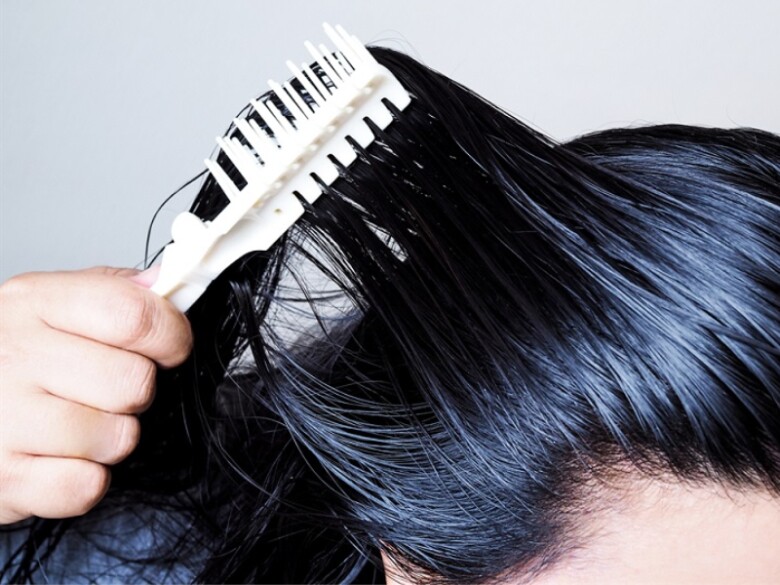
The inverted method, by ensuring a thorough cleanse, effectively combats oily hair and keeps it fresh for longer.
Furthermore, the inverted posture promotes improved blood circulation in the scalp, thereby nourishing the roots, stimulating hair growth, and inducing a relaxing sensation, effectively alleviating stress and tension after a long day.
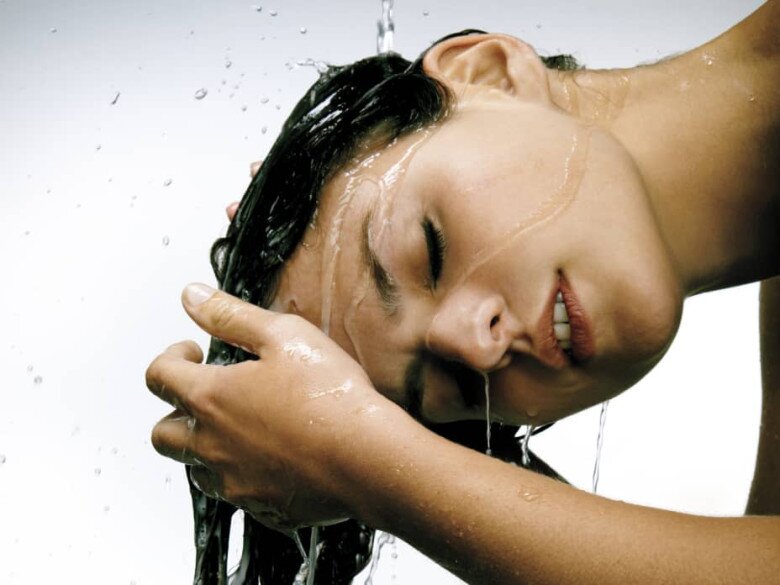
The inverted hair washing method provides a soothing scalp massage, promoting hair growth and enhancing relaxation.
Step-by-Step Guide to Inverted Hair Washing
Mastering the right technique is pivotal to achieving desirable results. Even the most exquisite hair care products can fall short if you don’t follow the correct steps. Here’s a breakdown of the process to ensure you harness the full potential of inverted hair washing:
Preparation: Begin by gently brushing your hair to remove any tangles before washing.
Wet your hair: Flip your head upside down, letting your hair fall forward, and thoroughly wet it with warm water.
Apply shampoo: Dispense an adequate amount of shampoo and gently massage it into your scalp and hair, working from the nape of your neck up to the crown.
Rinse: Use warm water to thoroughly rinse out the shampoo and suds from your hair.
Repeat if necessary: If your hair is exceptionally dirty or oily, you may repeat the shampooing and rinsing steps.
Condition your hair: Apply conditioner or a hair mask from mid-length to the ends, avoiding the scalp. Let it sit for a few minutes, then rinse thoroughly.
Dry your hair: Gently blot your hair with a soft towel, then use a blow dryer on low heat, starting at the roots, to maintain volume.
Important Considerations
While the inverted hair washing method is straightforward, a few key points should be noted to ensure its effectiveness and safety. Adjust your inverted posture to avoid neck strain or back pain—if discomfort arises, try performing the technique while seated, with your upper body gently tilted toward the sink.
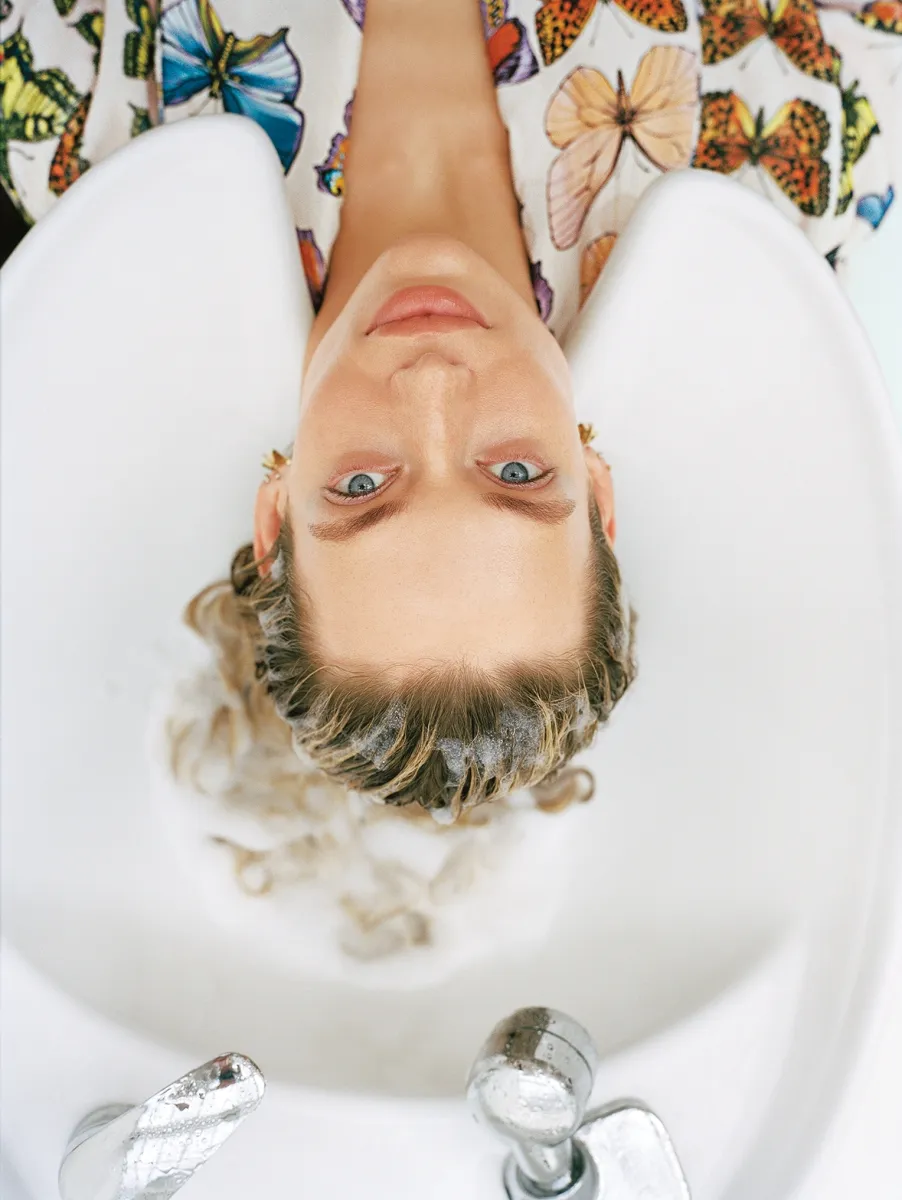
Adapt your posture to ensure comfort, avoiding any strain on your neck and back.
Additionally, selecting hair care products suitable for your scalp type (dry, oily, or combination) is essential to prevent irritation or disrupting the natural oil balance. Refrain from overdoing this method—aim for 2–3 times a week, depending on your hair’s condition—and always employ gentle massage techniques to avoid scalp damage or hair breakage.
For individuals with thick or long hair, sectioning the hair into smaller parts during washing can ensure thorough cleansing of the entire scalp. Enhance the experience by incorporating herbal rinses or essential oils like peppermint, grapefruit, or tea tree, which boost cleansing efficacy and impart a refreshing sensation, especially during the summer.






























